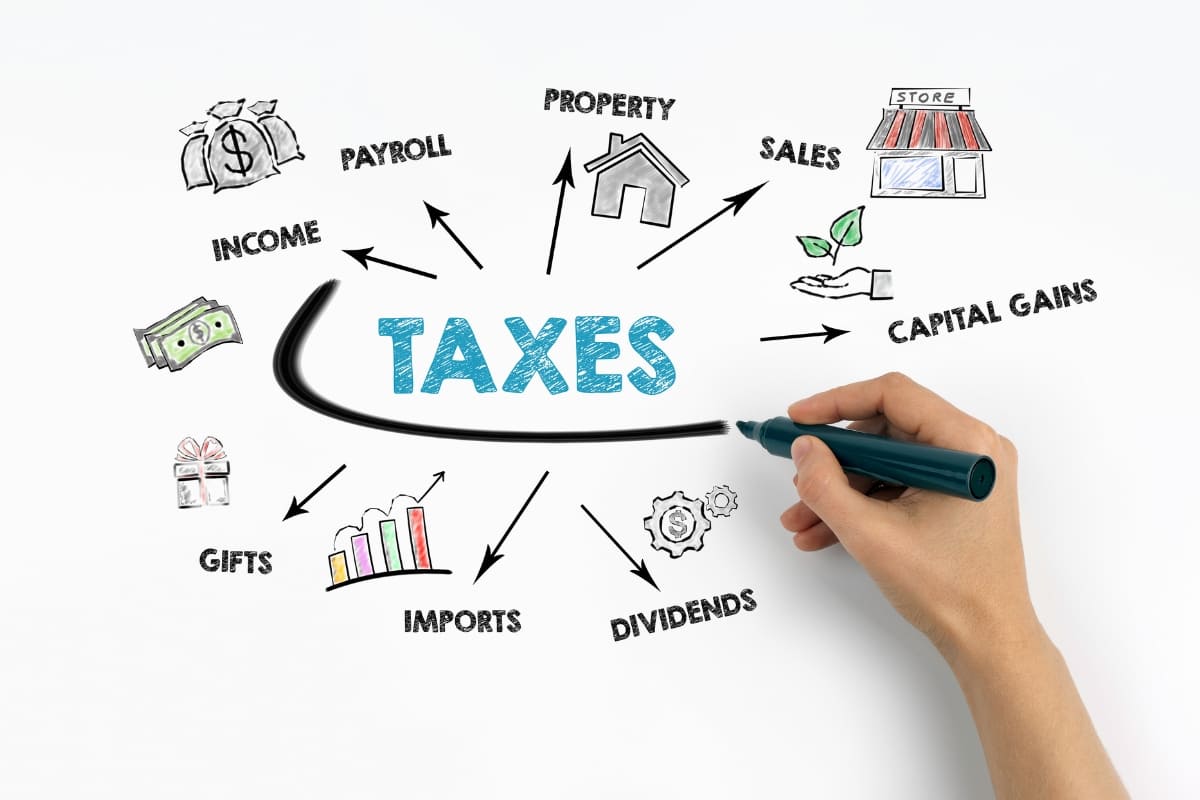Sales and Use Taxes
Sales and use taxes are essential components of our economic landscape, affecting both businesses and consumers alike. Understanding how they work is crucial for compliance and financial planning. In this guide, we’ll delve into the world of sales and use taxes, explaining what they are, how they differ, and the key considerations for businesses and individuals.
What Are Sales Taxes?
Sales taxes are levied by state and local governments on the sale of most tangible goods and some services. These taxes are typically a percentage of the purchase price and are collected by the seller at the point of sale. The seller then remits the collected taxes to the appropriate tax authority.
Key Aspects of Sales Taxes:
-
Variability: Sales tax rates vary from state to state and can also differ within states at the local level. This can result in varying tax rates for the same product or service.
-
Exemptions: Some items, such as groceries and prescription medications, may be exempt from sales tax in certain jurisdictions.
-
Online Sales: The taxation of online sales has evolved, with some states requiring online retailers to collect and remit sales tax.
What Are Use Taxes?
Use taxes are complementary to sales taxes and are designed to prevent tax evasion. They apply when a taxable item is purchased and used in a state where it was not subject to sales tax at the time of purchase. Use taxes are typically paid directly by the consumer or business to the state’s tax authority.
Key Aspects of Use Taxes:
-
Consumer Responsibility: Unlike sales taxes, which are collected by sellers, consumers are responsible for self-reporting and paying use taxes to their state’s tax agency.
-
Out-of-State Purchases: Use taxes often apply to items purchased out of state or online when the seller does not collect sales tax.
-
Record Keeping: Businesses may be required to keep records of out-of-state purchases and use tax payments for compliance purposes.
Sales Tax vs. Use Tax: Key Differences
-
Collection Point: Sales tax is collected by the seller at the point of sale, while use tax is self-reported and paid by the consumer or business.
-
Tax Rate: Sales tax rates can vary significantly by location, while use tax rates are typically consistent within a state.
-
Reporting: Sales tax is typically reported and remitted by businesses to the tax authority, while use tax reporting is the responsibility of consumers.
-
Online Purchases: Sales tax may apply to online purchases, with the responsibility for collection falling on the seller. Use tax applies when the seller does not collect sales tax.
Compliance and Business Considerations:
-
Nexus: Businesses may have a sales tax nexus in a state, triggering the obligation to collect and remit sales tax.
-
Exemptions: Familiarize yourself with sales tax exemptions and requirements specific to your industry and location.
-
Record Keeping: Maintain accurate records of sales and use tax transactions for auditing and compliance purposes.
-
Software Solutions: Consider using sales tax automation software to help calculate, collect, and remit sales tax accurately.
-
Professional Advice: For complex sales and use tax scenarios, consult with a tax professional or advisor.
Conclusion: Navigating the Sales and Use Tax Landscape
Sales and use taxes are integral to our economic system, impacting businesses and consumers alike. Understanding the differences, complying with relevant tax laws, and implementing effective record-keeping practices are essential for financial planning and compliance. Whether you’re a business owner or an individual consumer, staying informed about sales and use tax requirements is key to managing your tax responsibilities effectively.
อ่านบทความทั้งหมด >>> Accounting Office
Accounting service Tel.084-343-8968 (POND)



